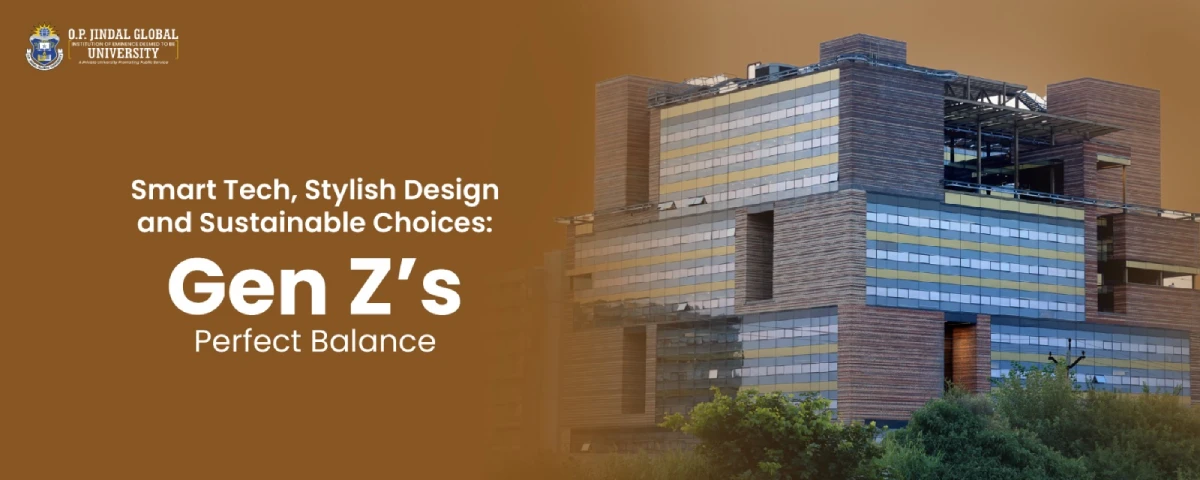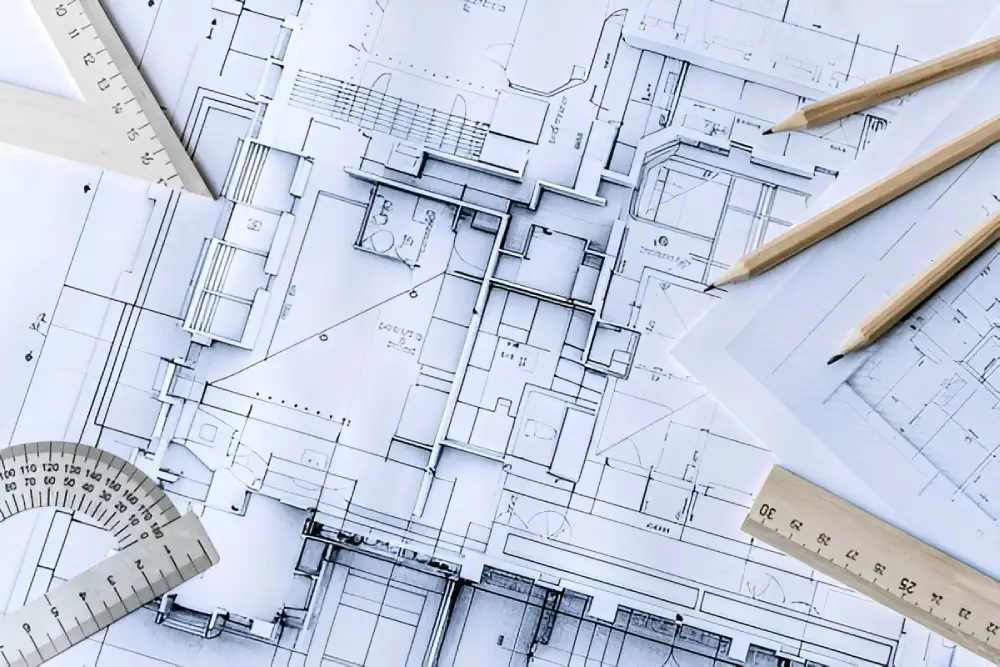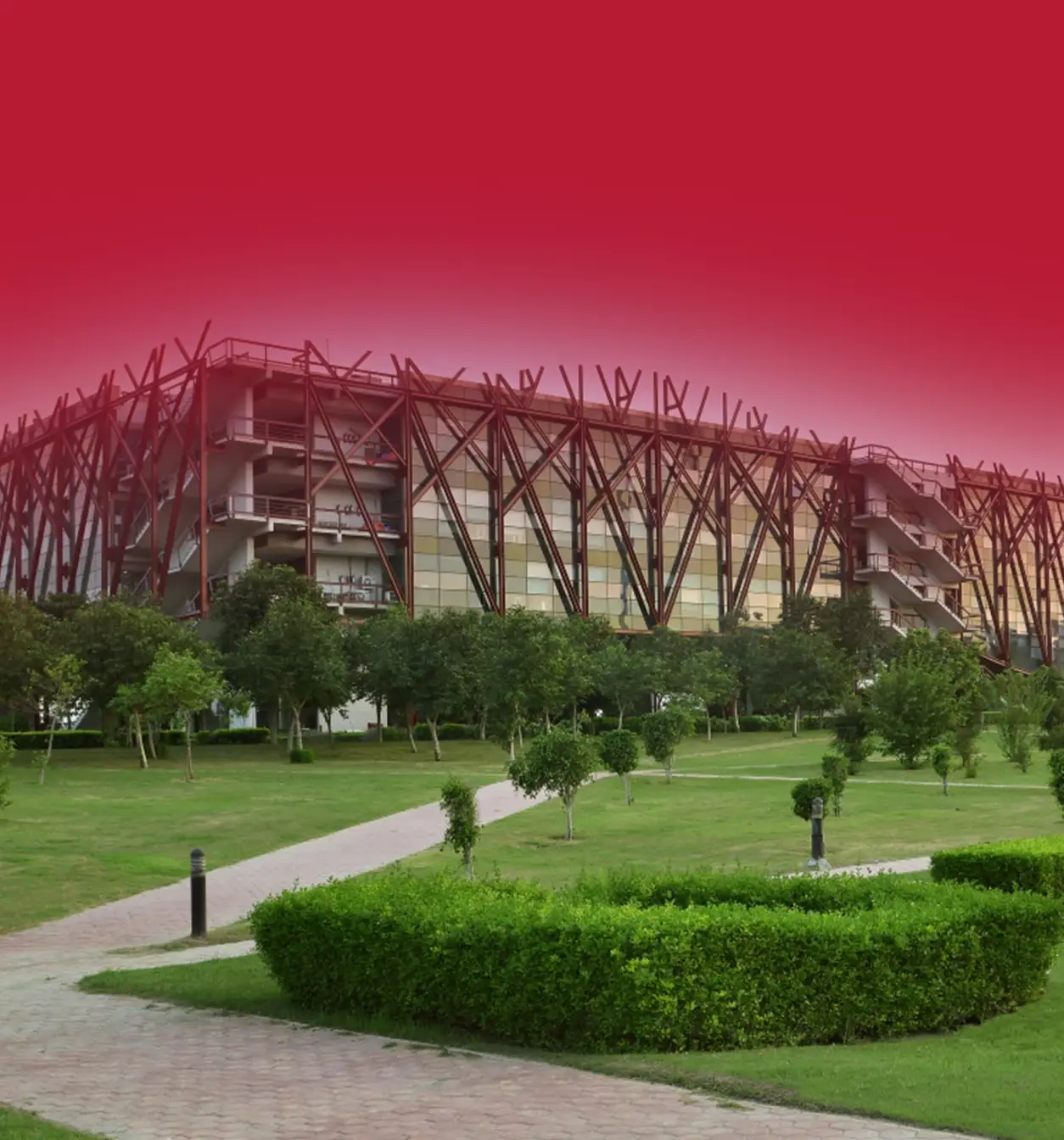Introduction
Architecture is one of those professional outlets where art meets structural completeness. Historical buildings, heritage sites, and prominent monuments are some examples of great pieces of architecture. Architects are an integral part of the societal fabric, creating a civilised and urbanised plan of the area. The best architecture colleges in India encourage aspiring architects to draw inspiration from Indian culture and history.
India’s diversity is well-documented from its geography to social constructs, and the same can be said for its architecture. As these parts of the world have been invaded and ruled by numerous kings and leaders, they have all left their mark through massive architectural monuments, which are still relevant in the field of architecture today.
Must-See Architecture in India
The history of India is marred and marked by many heritage sites created by native and foreign predecessors to preserve their culture and history. From monasteries to mahals, temples, and other intricate architectural marvels, these may seem like mere symbols on the country’s map, but their significance runs quite deep. The Ajanta & Ellora caves, Taj Mahal, Bishnupur Temples, Konark Sun Temple, Lotus Temple, and Cyber Structure Egg are some of the influential structures that put India on the global map.
How Can a Student Become an Architect?
The contemporary architecture courses in modern India draw heavy inspiration from the past and Western technologies. Since the Industrial Revolution in the late 1700s and early 1800s, the incorporation of modern materials and the adoption of modern tools, which replaced manual labour, marked a turning point in massive architectural growth. These tools and techniques have evolved invariably over the past 200 years, and present-day architecture focuses on applying fundamental ethics in a modern context.
Build the Future with a Degree in Architecture from Jindal School of Art and Architecture (JSAA)
An architectural degree can get you closer to your dream of becoming an architect. Architects have one of the greatest responsibilities to build houses, institutions, government structures, and historical infrastructures, creating entire towns and cities from ancient times. Like art, great architectural buildings and structures have a distinct, timeless signature, making them relevant to any era.
Aspiring candidates pursue admission to architecture universities in Delhi to learn everything from foundational concepts to advanced subjects, guided by top professors and industry professionals. A Bachelor of Architecture degree qualifies graduates to take on independent projects or work with established architectural firms.
What Is the Programme Structure for Bachelor’s of Architecture at Jindal School of Art & Architecture?
The architectural programme at Jindal School of Art & Architecture, one of the best architecture colleges in India is hailed as one of the best for architecture in India for its comprehensive curriculum that focuses on inspiring young minds and preparing them with the talent and skill to apply in the professional fields. Students gather theoretical and practical knowledge of structural design, building materials, and techniques to execute a construction plan.
Students learn directly from professionals who work meticulously, helping them develop their critical thinking and applied knowledge. In this 5-year course, they are made to work on structural planning, design, modern architectural models, environment and ecology, etc. By the end of their course, they will be submitting a detailed dissertation, joining actual projects and working in internships.
After acquiring a Bachelor degree in Architecture, they can join various professions including working on historic site preservation. They can also become part of the planning and design for future projects, making a significant difference to society. They can also get into academics and help prepare the next generation of architects.
FAQ
1. What are the eligibility criteria for admission to the Jindal School of Art & Architecture?
Ans: Jindal School of Art & Architecture, comes within the best architecture colleges in india has a very strict policy of admission, and meeting the eligibility criteria is only the first step of the process. Students who directly wish to take admission after their 10+2 board examinations must pass with an aggregate of 50% in all science subjects, so they already have a strong foundation to grow upon.
2. How are the students selected under the Bachelor’s of Architecture programme at JSAA?
Ans: For the second round of selection, the student may also obtain a diploma degree in architecture where they have chosen mathematics and passed with a 50% overall score. Eligible candidates will also be required to submit their certifications and personal identification before heading for the final interview round, where they will be notified of their position.
3. What are the core objectives of the Bachelor of Architecture course taught at Jindal School of Art & Architecture?
Ans: Unlike a diploma in architecture, degree courses are much more intense and dive deep into the foundational subjects of architecture. The 5-year course delves into different forms of design, structural planning, technical executions, environmental and ecological investigation and other matters which will be crucial in the practical field of architecture.
4. Why is JSAA considered to have the best infrastructure and resources for the Bachelor’s of Architecture course?
Ans: The students are encouraged to practise everything they have learned in theory through internships and projects. They are exposed to multiple facets of the architectural industry for them to decide which path they want to go forward with. Jindal School of Art & Architecture, one of the best architecture colleges in india also provides its students with a chance to study abroad through exchange programmes to witness the global scope of architecture.
5. What job profiles can Bachelor’s of Architecture degree-holders apply for?
Ans: JSAA is one of the best architecture colleges in India that provides its students a seamless transitions from student-life to working professionals through an applied learning. Whether it is the workshops, internships or exchange programmes, in each of these activities, they get to test their skills and develop real-life architectural experience.





